Wild Trout VI
Wild Trout-VI was held at the excellent convention facilities of Montana State University, Bozeman, Montana. Pat Dwyer was Symposium Chairman. Attendance was limited by the American Fisheries Society scheduling their conference on the West Coast the following week, but WT-VI presented one of the better technical sessions. The Symposium was organized into panels that included: Public Awareness and Education, What's a Wild Trout Worth (economics), Wild Trout Family Trees (genetics), Trout in Trouble (diseases and threats) and Trout on the Rebound (restoration projects). Each panel consisted of 5-10 papers; each limited to a 20 minute presentation and 5 minutes of questions. Papers ran from Monday morning, all day Tuesday and half day on Wednesday. The 1997 recipients of the A. Starker Leopold Award were Roger Barnhart and Ernie Schwiebert.
Wild Trout-VI focused on the formation of user group and agency partnerships including ones for bull trout in Alberta, Canada, cutthroat trout in Colorado, and one with the University of Moscow to preserve Kamchatka Peninsula steelhead. It looked at improved management techniques, the latest developments in genetic research, and at the increasing public use of National Parks impacting all fish and wildlife. Examples of the value of wild trout included a $9 million annual economic contribution by anglers after the institution of barbless hook, Catch-and-Release fishing on the Beaverkill and Willowemoc watersheds in Upper New York State. New DNA analysis was used to confirm the discovery of new salmonid species/subspecies of New Mexico Gila trout, cutthroat trout in Colorado and Nevada as well as three different groups similar to cutthroat trout in Kamchatca. Work in this exciting field is just beginning. WT-VI looked at the serious problems being caused by Lake Trout in Yellowstone Lake and the spread of Whirling disease. Possible threats from Global Warming and examples of the loss of more cold water habitat and rainbow-cutthroat trout hybridization in Idaho, Montana, and Ontario Canada were also presented.
Examples of successful restoration projects were highlighted by well known River Keeper Ron Holloway who discussed how Great Britain's Itchen River wild brown trout fishery had been abused, destroyed and then restored over the past three centuries. Consideration of the management of the total watershed rather just attacking problems at specific sites was one of the main factors. Man has the knowledge to "put the natives back into wild trout". What is needed is the will. Spencer Turner, WT-VI Summarizer concluded that professionals, guides and all the user groups have a lot in common including our love of wild trout and of the rich, cold, environs that support these wondrous creatures. We all need to continue to work together but we have come light years since Wild Trout-I and that the future of wild trout resources is quite optimistic.
A highlight at WT-VI was the legendary Ernie Schwiebert who extolled the poetry of wild trout he loved as a child. 'Everything about such wild trout is beautiful. The cold lakes and rivers that sustain them are beautiful. The methods of catching them are beautiful, the equipment we use is beautiful, and the flies we dress them with are beautiful. Fly fishing is both old and honorable. Its roots like in medieval chivalry itself, and we share a literature of sport more than five centuries old. It is filled with bright rivers tumbling swiftly toward the salty, the deft choreography of swifts and swallows working to a hatch of fly, and the quicksilver poetry of the trout themselves. And. In seeking their beauty, we may still discover that beauty itself is the most endangered thing of all."
Wild Trout VI Photo Album
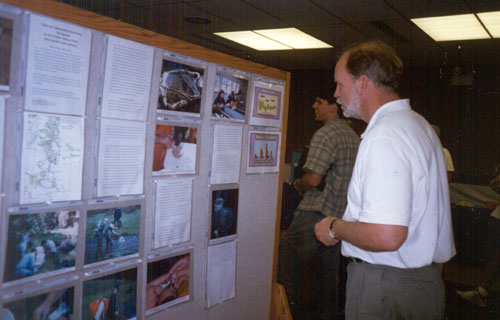
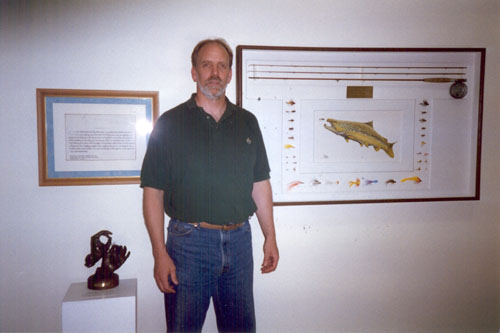
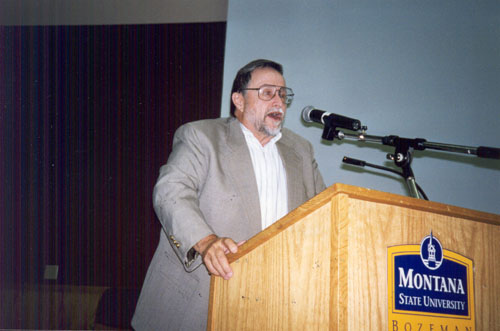
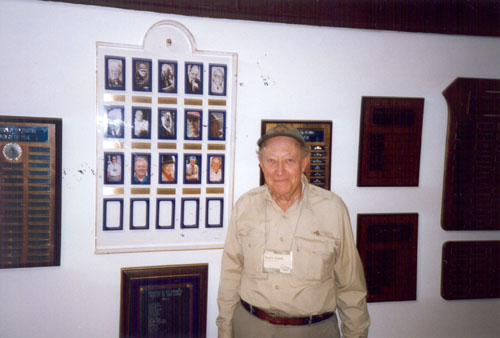

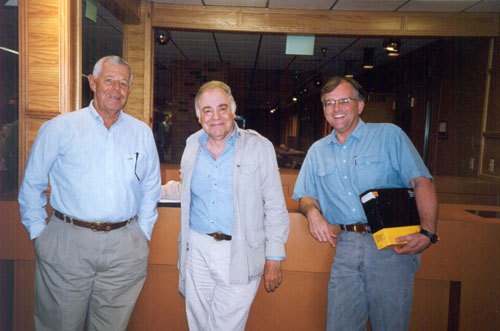
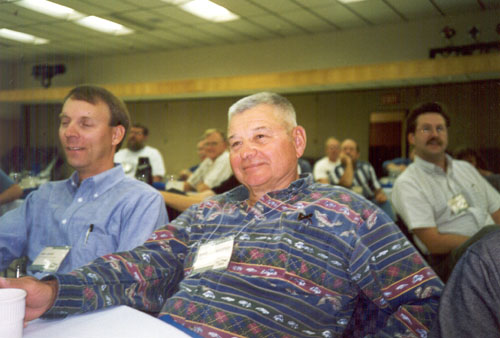
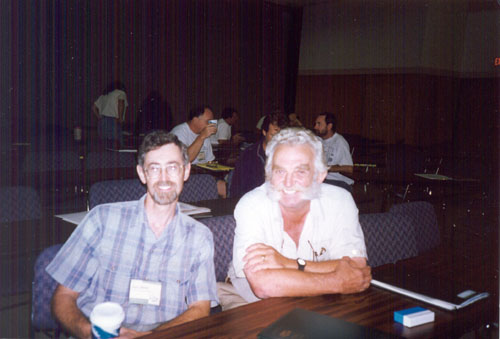
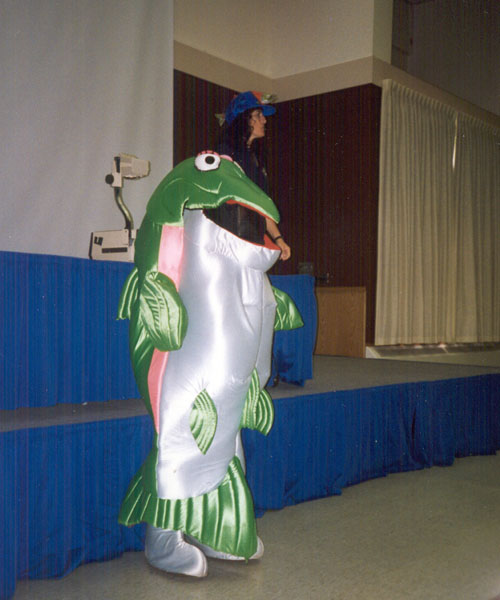
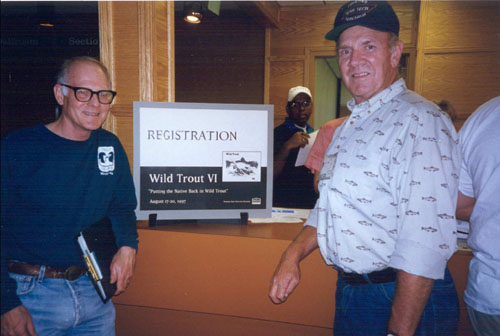

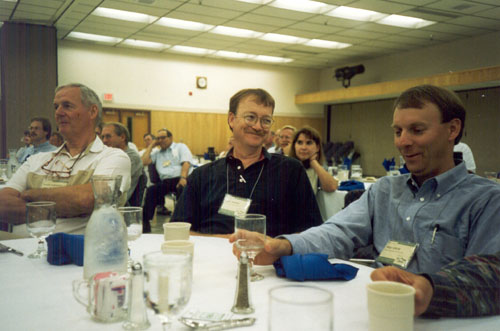

 Wild Trout VI Proceedings
Wild Trout VI Proceedings